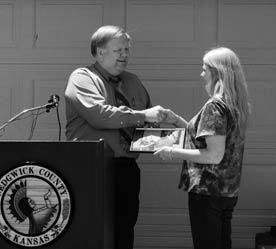Comprehensive vs. Piecemeal
An all too common approach in the community development field is to take housing rehab projects one step at a time: Start by purchasing a property. Don’t worry about its rehab, financing, and ultimate disposition until you get there. This stop-and-start approach incurs significant additional holding and financing costs: Properties that were not necessarily selected strategically with a realistic exit strategy and plan for getting there linger, having sucked up often enormous amounts of subsidy in the rehab phase, if they got that far, but not fulfilling their promise of neighborhood stabilization as long as they remain empty. This slows the process of community recovery significantly. And yet, it’s an approach that’s often been encouraged by funding streams and regulation. And unfortunately, it was also the approach taken by the framers of NSP1.
Responding to the urgency of the moment, HERA required that grantees find buildings to acquire that met, in many cases, vaguely defined criteria, and set those buildings on a path to reuse within 18 months. As the process unfolded, it became clear that key questions about the end game were not asked as HERA was being conceived and written: Would the capacity to transact so many properties be there? Would there be adequate financing to complete the rehab process or available for mortgages? Would there be enough income-qualified buyers at the end of the process? Would credit be available for these buyers? HUD has had to scramble to address these issues on the fly.
These and other questions could have been answered earlier on if the framers of HERA had looked at the whole process at once, as an inseparable trajectory from acquisition to disposition, and built into NSP itself, for example, funding to provide or guarantee mortgages for people to buy the units once they were acquired and rehabbed, or a long-term capital source that could enable them to be managed as rentals.
By making NSP2 a competitive grant and requiring applicants to explain what they were going to do, and how, and what their capacity was for doing so, NSP2 took an important step toward viewing the process more comprehensively than NSP1 had. HUD’s First Look program, modeled on the one started by the National Community Stabilization Trust, may also help with some of the acquisition challenges. HUD Assistant Secretary for Community Planning and Development Mercedes Márquez discusses some of the other work that HUD has done to ask those questions during NSP1 implementation work as well.
It’s not just the foreclosure process that ought to be considered comprehensively. Foreclosure response should been seen as part of the larger story of developing strong, healthy, sustainable places. Just as the Sustainable Communities Initiative is encouraging regions to connect transportation, housing, environmental, and economic decisions in long-range planning; short-term neighborhood stabilization should be part of that mix. Cleveland is doing a great job of this, connecting NSP funds with its Reimagining a More Sustainable Cleveland initiative.





Comments